
Important: if you own Canon 1D Mark II, Canon 1Ds,
Canon 1Ds Mark II, Canon 5D or Nikon D3/D3x/D700,
read this first to PREVENT SMEARING your sensor!!!
When we think about digital cameras, most people think about the electronic components. Bits, bytes, megapixels and the like. They tend to forget that there are mechanical parts: shutters, mirror complexes that move very quickly every time a picture is taken, causing friction. To reduce heat and wear, manufactures use various types of lubricants and oils on these parts. Unfortunately what may happen is that some of these lubricants may splash onto the camera chamber area or worse, onto the sensor itself. When cleaning the sensor with a Sensor Brush®/Arctic Butterfly® (Super Bright), you may come into contact with the chamber walls, contaminating the bristles and smearing it onto the sensor, or accidentally smear a droplet of oil that has already landed on the sensor. Now your situation has gone from bad to worse. But, don't fret. As bad as it seems it is quite easily removed, safely and effectively.

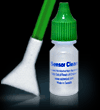
For the task at hand, we recommend using Smear Away™ and the MXD-100™ (tailored to your particular camera sensor size). The customized sensor swabs will fit edge to edge of your sensor, enabling you to do a single pass to remove the smear.
The Smear Away™ formula is designed to protect your sensor as it cleans by buoying up any loose contaminants that may scratch the surface of the IR filter. METHANOL WARNING: As methanol is very hygroscopic it will remove any water on the sensor leaving it without a buffer and enabling debris to dig into the glass.
Unfortunately whenever a stubborn oil based stain is encountered, residual streaking is usually a problem. We usually recommend following up the Smear Away™ with Sensor Clean™ because not only will it remove any residual streaking, it will provide a nice anti-static and anti-fogging barrier.
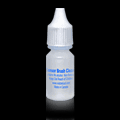
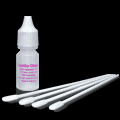
The Fibers Need To Be Cleaned
Because the deposits you pick up from your sensor can build up on your brushes, it is a wise practice to clean them every so often, and especially if you have accumulated anything that may cause a smear.To Clean VisibleDust Sensor Brush filaments:
Before doing any cleaning of the sensor (wet or dry) it is usually a good precaution to examine the chamber area to see if it needs a cleaning as well. If so, we recommend using Chamber Clean™ with its special foams swabs to remove any dust and grime.
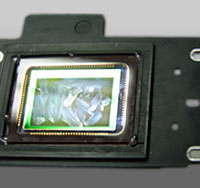
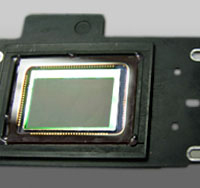
A 'ghost smear' may happen when using a typical cotton swab to clean your sensor.
The adhesive from the swab may break out if an alcohol based cleaning solution is used, causing a film to be left behind that is very hard to see (especially inside the chamber area).
It is not advised to used cotton swabs to clean the sensor because 'ghost smears' are hard to detect with the naked eye, but they will be apparent in your pictures.

